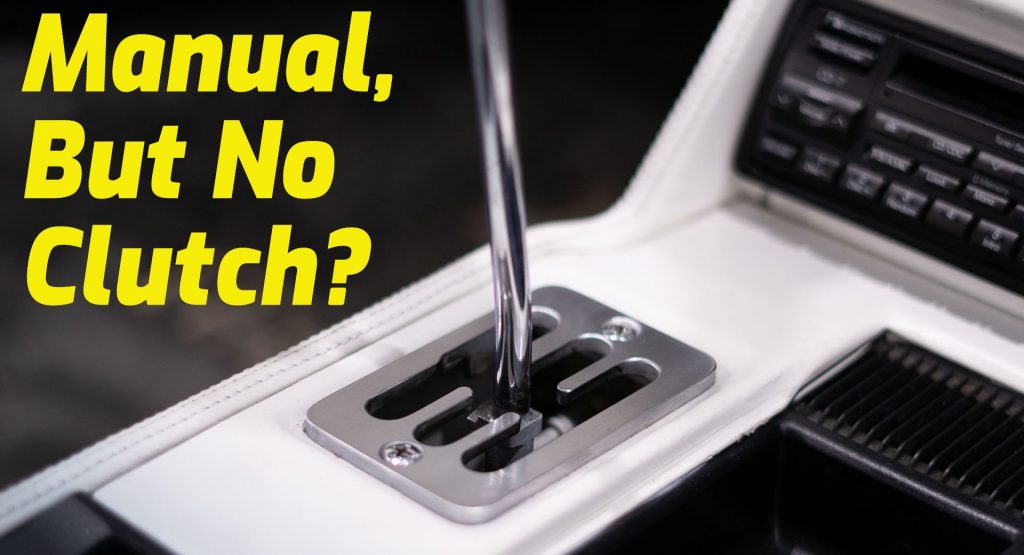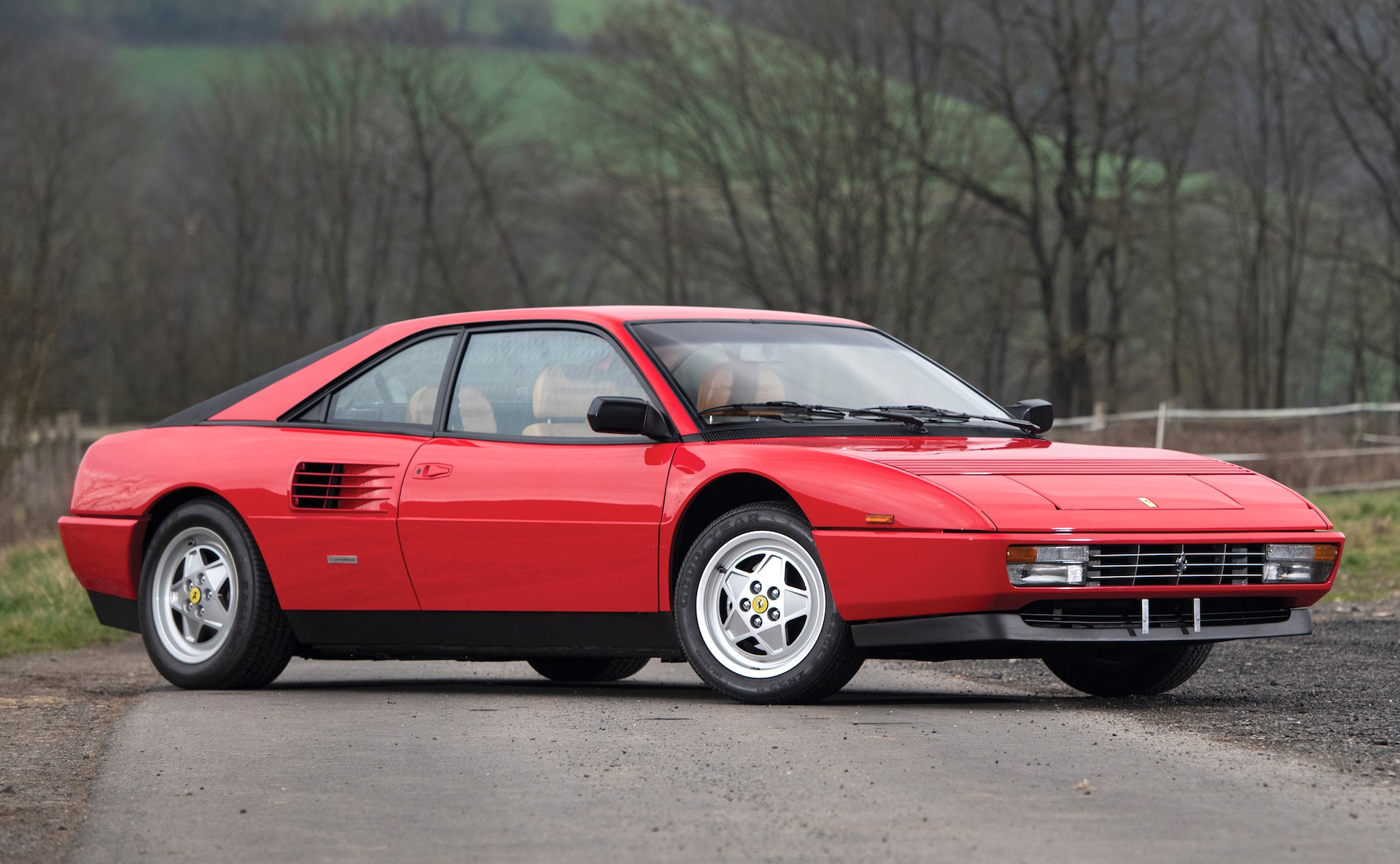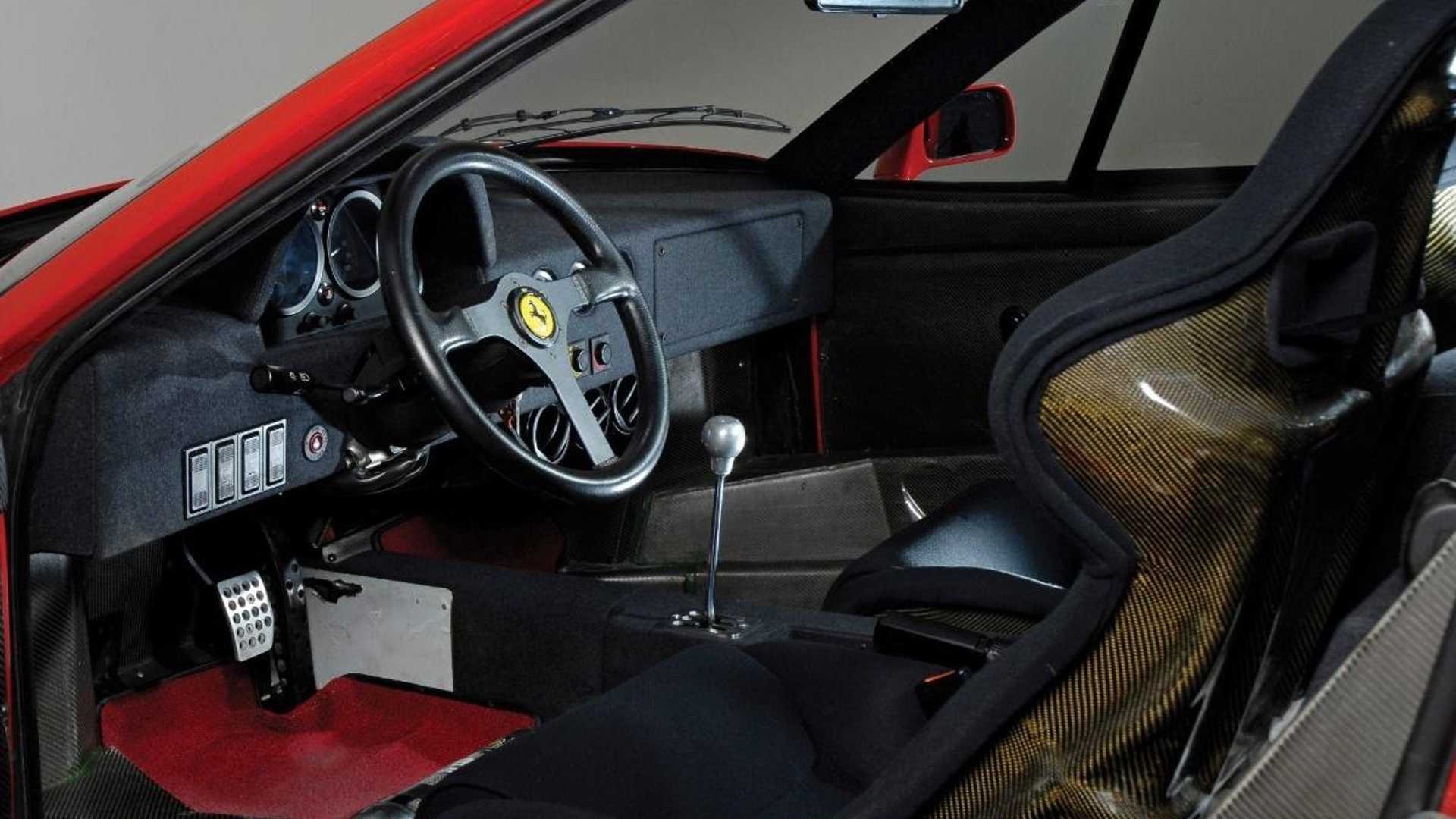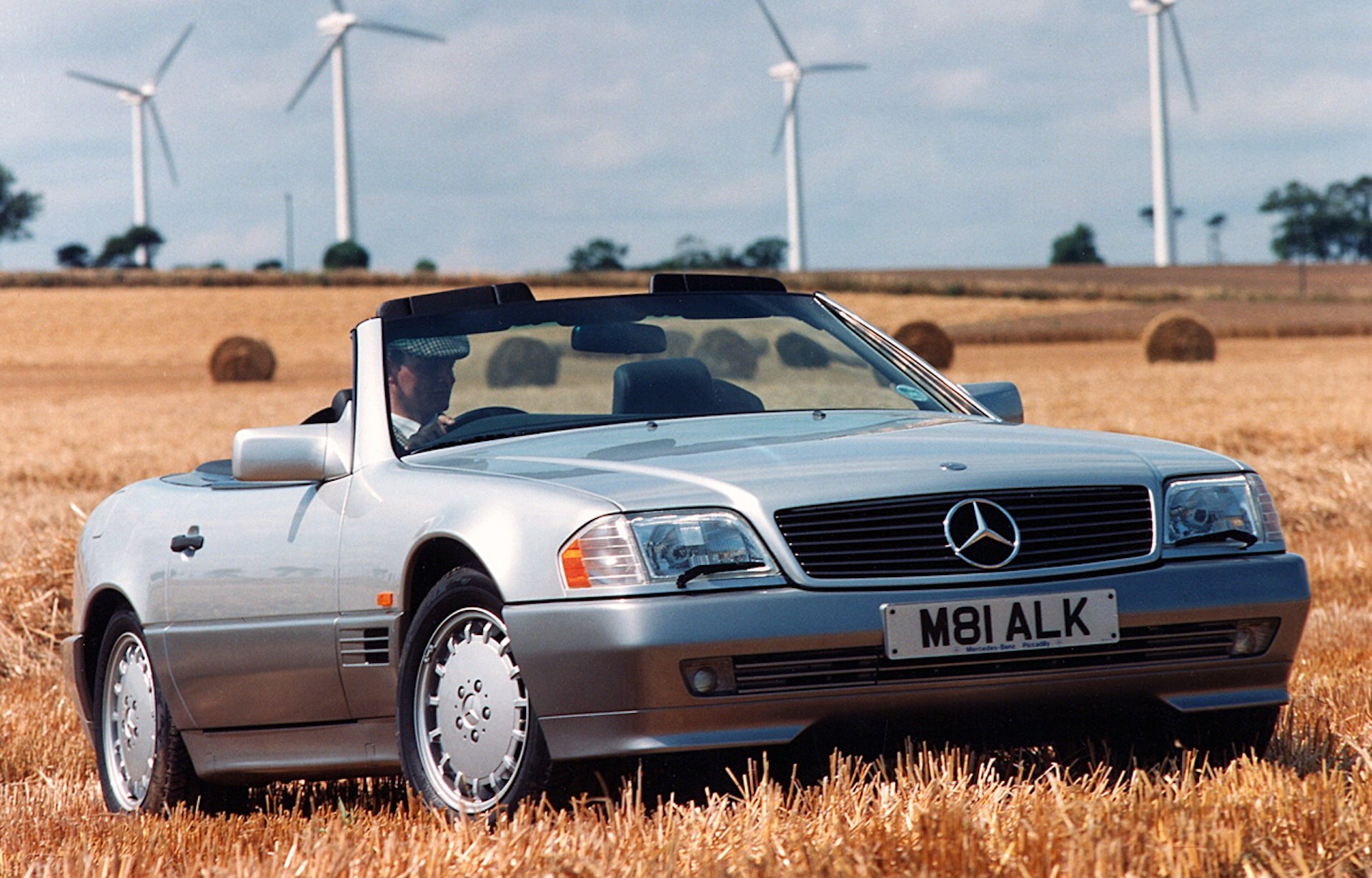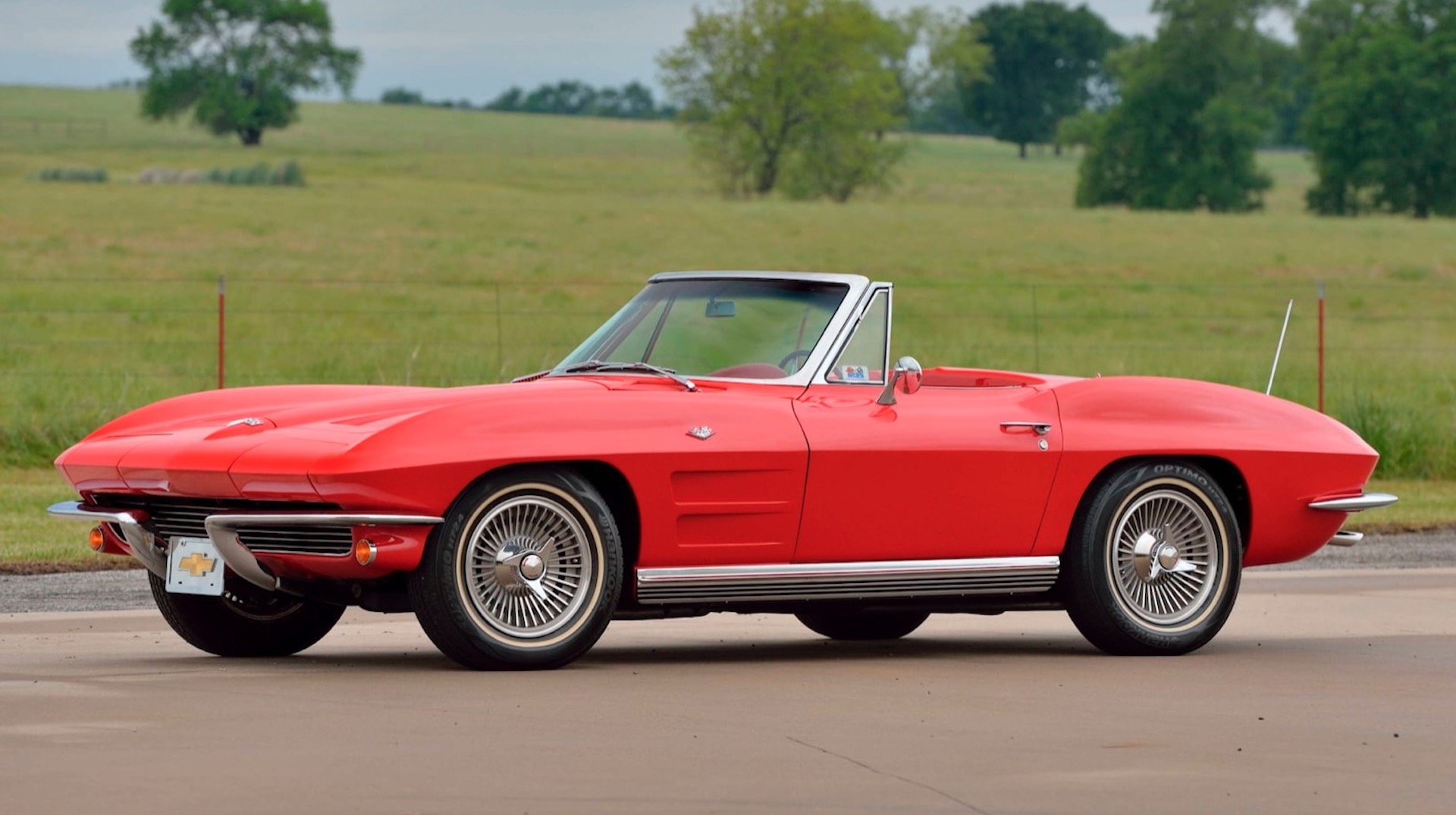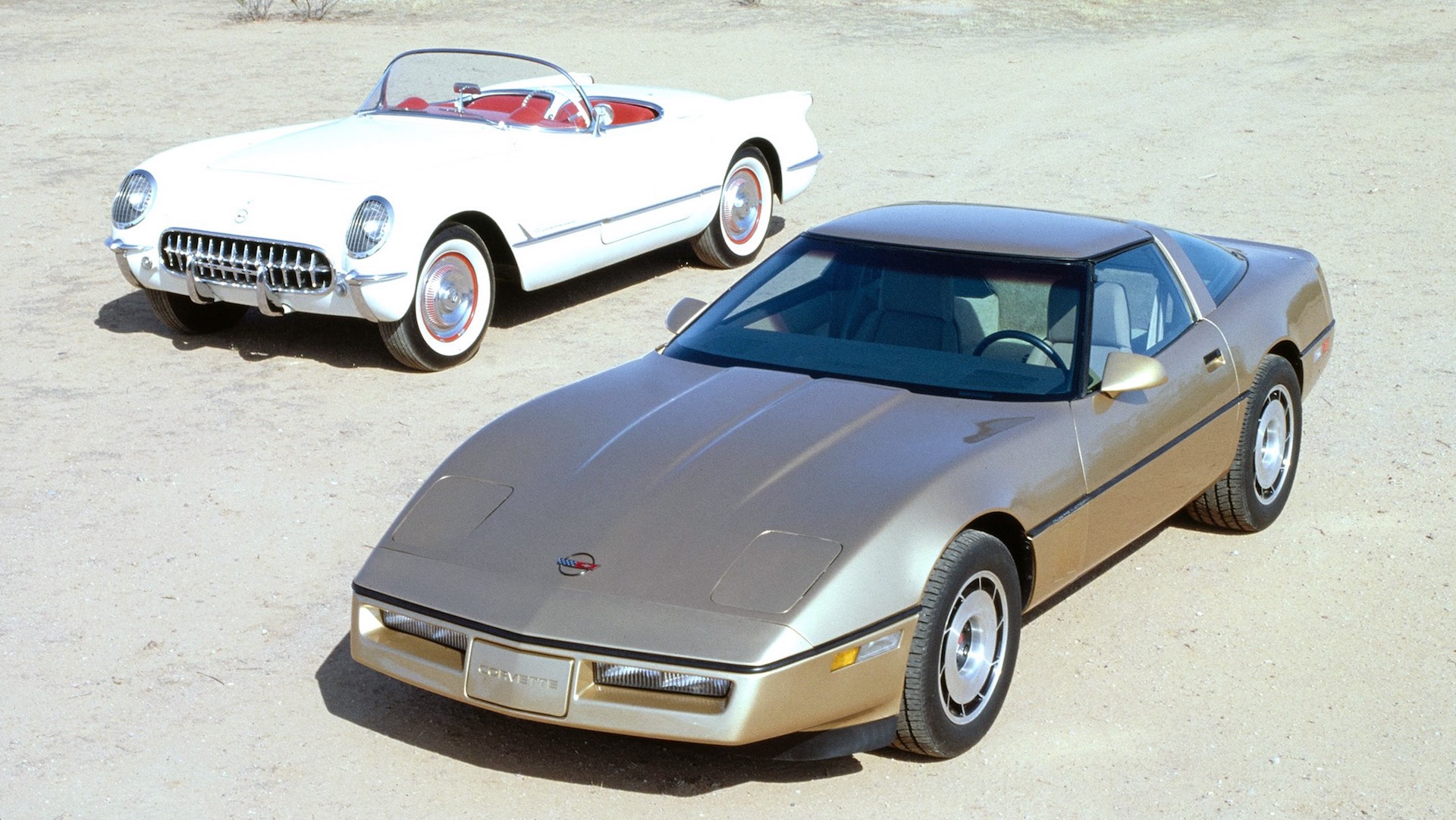Some things are just made to go together. Peanut butter and jelly, wrenching on your car and knuckles that make you look like you’ve been in a a bar fight, a a Mercedes SL and its lazy automatic transmission. But not everything fits that plan, including the rare SLs out there with three pedals and a manual gearbox.
And the Benz isn’t not the only curio. There are more gearshift misfits, the cars with the quirky transmissions the buyers guides will almost certainly tell you not to buy, the innovative dead-ends and the just plain weird.
Ferrari Mondial Valeo
We’ll start with the Ferrari Mondial Valeo, which sounds like it might be some terrible special edition kitted out with chintzy wheels and some fancy stitching in a desperate attempt to kickstart flagging sales.
But Valeo is actually a parts manufacturer and the one responsible for the special transmission, which is kind of weird in itself. I mean, can you image your BMW dealer trying to sell you a 540i ‘Getrag’, or if VW and Audi had called their landmark twin-clutch transmissions ‘Borg Warner’ after the company that developed it, instead of the much snappier DSG or S-tronic?
The Valeo was Ferrari’s attempt at a semi-auto transmission in the days before the F1 paddle shift system. It comprised a conventional five-speed manual transmission with a classic open-gate shifter, but no clutch pedal. The clutch was actuated when you grabbed the shifter to change gears. Porsche’s earlier Sportomatic transmission worked similarly, but it had a torque converter rather than the Ferrari’s electrically controlled clutch.
Related: Safety Tech Will Kill Manual Transmissions Before EVs Do, Says Report
Introduced in 1991, the Valeo was only offered on the Mondial and not the two-seat 348 that used the same engine, and was an extremely rare option. But not as rare as the sole example of the F40 that Fiat boss Gianni Agnelli persuaded Ferrari to build with the same technology.
Mercedes-Benz SL Manual
Original 1950s Gullwing cars aside, Merc’s SL is to sports cars what a front-wheel drive Jeep Renegade is to off-roading. It looks the part, but it’s always been more of car to enjoy cruising in the sun than trying to beat your PB on the morning commute, or thrash round a track. So it’s entirely right that they all come with automatic transmissions.
However, that wasn’t always the case. R113 Pagoda SLs were available with both automatic and manual transmissions, and European SL fans could buy a six-cylinder R107-generation SL with a five-speed manual. And its R129 successor (pictured above) was also available with a manual, including, surprisingly, in the U.S. for a few years in the early 1990s. Predictably, it wasn’t popular, so you’ll struggle to find one today.
Peugeot 205 GTi Automatic
Almost 30 years after its demise, the flyweight Peugeot 205 GTI is still talked about as one of the all-time hot hatch greats, and one of the most satisfying driver’s cars ever created.
But Peugeot Japan wasn’t satisfied with that winning recipe, and got the automaker to build a run of cars hobbled by the extra weight of air conditioning components and a four-speed automatic transmission. Worse still, the legendary 1.9-liter motor was detuned to a feeble 104 hp to work with the auto ‘box.
Then again, having owned a manual 205 GTI and experienced the awful jerky traffic manners, I’m not sure I’d fancy tackling Tokyo rush hour in one either.
Chevrolet Corvette
The original 1953 Corvette’s sports car credentials were dealt a blow when Chevy decided to offer it only with a two-speed Powerglide automatic transmission. A manual option did arrive in 1955, but the two-speed, two-pedal alternative stayed with the Corvette right through to the end of the C2 (pictured above) in 1967 for buyers who didn’t want to shift their own gears.
And unless you forked out extra for a four-speed, your manual Corvette C3 came with only three gears until 1972, as did many U.S. cars of the period. Fortunately, the small block V8 had plenty of torque to make up for the shortage of ratios.
But you certainly couldn’t accuse the C4 Corvette of not having enough gears. Before five-speed transmissions became commonplace, many European sports cars offered switchable overdrives in the 1960s and 1970s, and the 1984 Corvette followed the same path to relaxed highway cruising. The Doug Nash 4+3 manual transmission gave an overdrive option on second, third and fourth, operated by a switch on the shifter, giving a total of seven forward ratios.
Williams F1 CVT
https://youtu.be/Sp228-39WhQ
Continuously variable transmissions work on the principle that if an engine’s revs are rising or falling, it’s not operating at maximum efficiency. Plenty of carmakers have used them, and continue to use them, including Honda, whose new Civic sedan comes exclusively with a CVT.
But some drivers find the constant engine noise under hard acceleration weird, annoying, or both. Now just imagine how crazy an F1 car would sound with the same setup! Williams tested a CVT in 1993, but before it had a chance to prove itself in competition the technology was banned by the FIA, which was struggling to limit new technology on F1 cars to keep development costs down.








